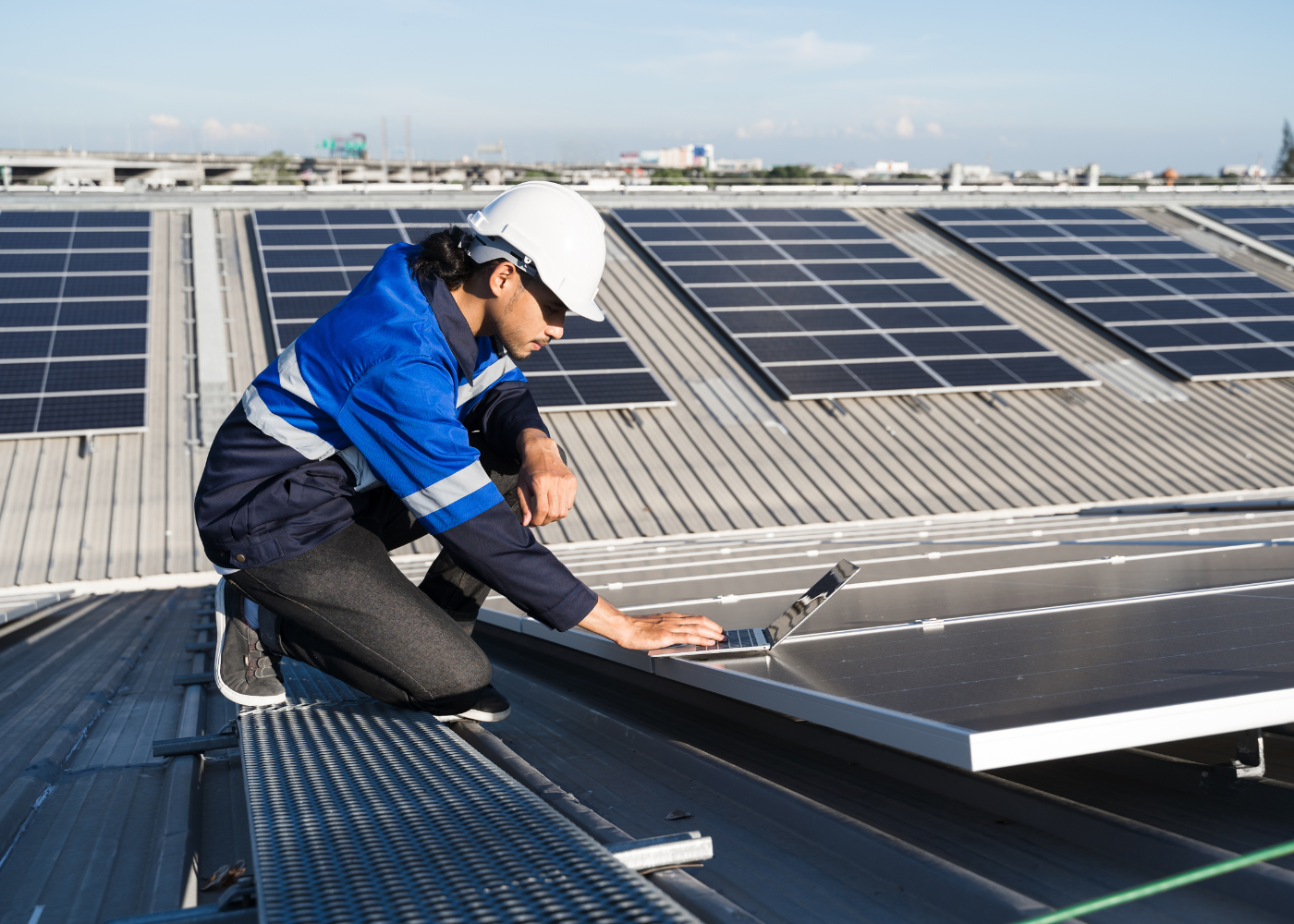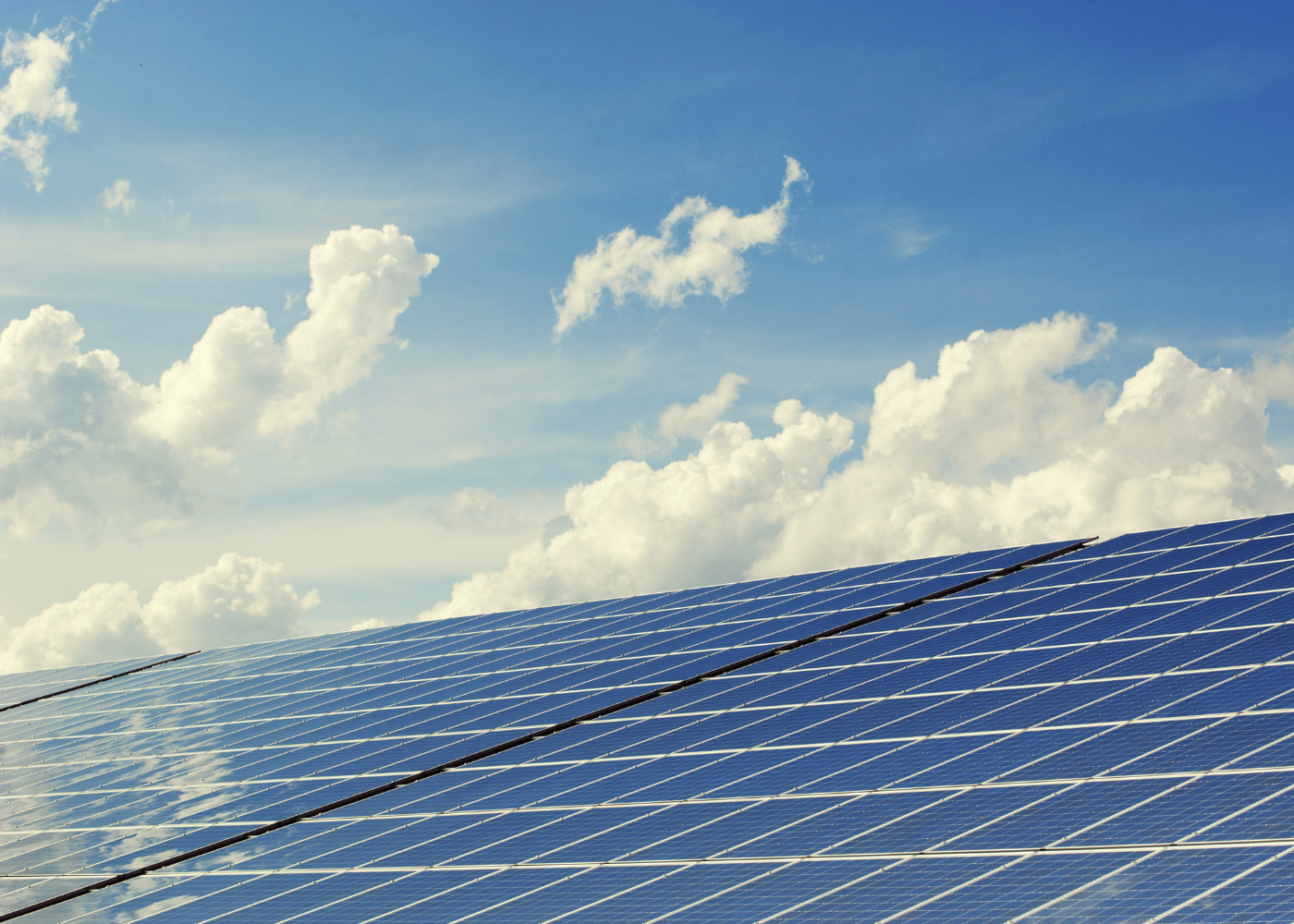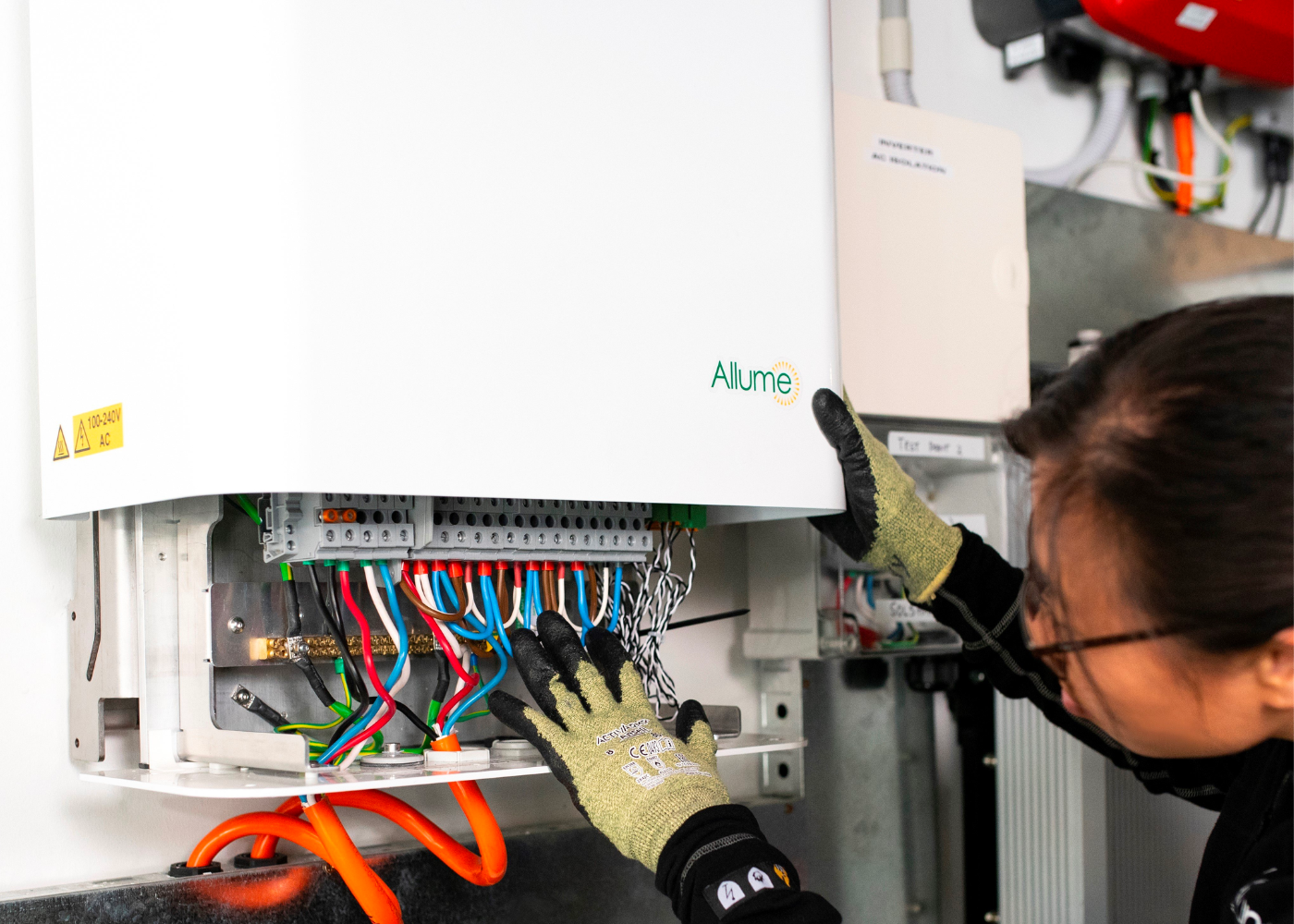Solar Incentives – Working to Meet Net Zero With Rooftop Solar

With Net Zero by 2050 being the internationally agreed goal for mitigating global warming, we all have some serious work to do. A recent report from the International Energy Agency (IEA) suggests that to meet the target we need to at least double the global rate of renewable energy generation rollout through rooftop solar and many other means.
Solar energy is one of the most accessible renewable power options, and plays an important role in reducing greenhouse gas emissions. Rooftop solar panels help to reduce bills by up to 70% and each MWh of electricity generated by solar can save between 700kg and 1,100kg of CO2 being pumped into the atmosphere.
Given this global focus on meeting these targets, and the impact solar can have on them – let’s look at some of the solar incentives being offered around the world to help get as many people as possible to do their part.
Rooftop Solar Incentives: A Global Overview
Thankfully we are seeing government financial support for communities and businesses to access and install renewable energy products. When it comes to government incentives for integrating renewable energy into new builds or retrofit projects – rooftop solar is currently getting the most attention. Here are a few examples of what’s on offer.
Renewable Power Incentives in Australia
For residents and businesses nationwide, there are solar incentives available for the installation of small-scale systems. To check eligibility and apply for solar incentives, visit the Clean Energy Regulator website and state energy department websites. In some cases, eligible home owners can receive rebates of up to 50% of the total cost in setting up their solar systems.
Australians are also able to access ‘feed-in tariffs’. These are small solar rebates of a few cents per kilowatt hour of electricity generated by your solar power set-up that you don’t use. This goes back into the grid and you receive your payment. Feed-in tariffs are driven by state policy, so you would need to check your state regulations to find out your rate.
Solar Incentives in the UK
A £4-billion budget has been allocated for four years (1 April 2022 – 2026) giving homeowners in the UK the chance to apply for grants through the ECO4 (Energy Company Obligation) scheme to install rooftop solar panels on their homes. Using this scheme, the least energy-efficient households can save up to £1,600 per year.
There are also incentives via the Smart Export Guarantee (which started in 2020) and enable participants to receive payments for selling excess energy back to the grid.
VAT reduction is another option for those in the UK, with 0% VAT for solar panel purchase and installation from 1 April 2022 – 31 March 2027.

Federal Solar Tax Credits in the USA
The USA introduced federal solar tax credits in 2006. Also known as the Investment Tax Credit (ITC), they can be claimed on federal income taxes for a percentage of the cost of a solar PV system paid for by US taxpayers, provided the system installation is completed during the tax year.
Solar PV systems installed between 2022-2032 are eligible for a 30% tax credit. This will decrease to 26% for systems installed in 2033 and again to 22% for 2034 installations, with tax credits expiring in 2035, unless Congress renews it.
It is estimated that the ITC will cut the cost of installing rooftop solar for a home by 30%, or more than $7,500USD for an average system.
Which Solar Incentives are you Eligible for?
As the adoption of renewable energy is gaining more and more traction globally, we’re seeing incentives and rebate programs introduced and changing rabidly. As the solar rebates and solar incentive schemes change periodically, this article has been written to raise awareness of the kinds of programs and resources that are available at this point in time, and we’d recommend getting in touch with your local council or state government to find out the latest offers for your part of the world.
How Can Multi-Residential Buildings Benefit from Rooftop Solar Incentives?
With apartments accounting for close to 40% of households globally, this meant until recently a large portion of the population wasn’t able to access the benefits of rooftop solar power. Thankfully this has changed with the development of new and much-needed solar tech, the SolShare.
The SolShare empowers tenants in multi-residential buildings such as apartments, flats and social housing to connect to a single rooftop system to access and share solar power. This makes it affordable and easy to install in any building.
A sharing algorithm responds to the real-time usage of each dwelling. This means the solar power is directed as needed, which maximises the usage and savings. The SolShare system is flexible, allowing pay-as-you-use through to outright ownership of the system and getting your green energy free. As well as this, in most cases residents are also able to choose their electricity retailer.

Working Together
While the 2050 target is substantial, there are ways we can work together to meet it. Whether you’re a resident in a free-standing home or multi-residential building – hopefully you can now see there are options for you to choose from. Likewise, commercial developers can take advantage of the unique proposition available in the SolShare, which will make a huge difference in the long run. Contact Allume today to see how the Solshare can work in your new or existing building and the benefits you’ll receive.